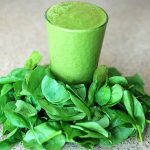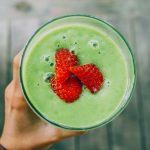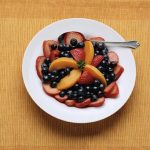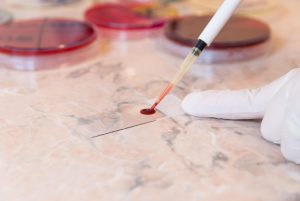
Pet owners care deeply about what their furry family members eat. So should they worry about a new study that finds chemical preservatives known as parabens are often in dog and cat food, as well as in urine samples from the animals? Maybe, researchers say, though there’s no need to panic. “Parabens are reported as endocrine-disrupting chemicals,” said the study’s senior author, Kurunthachalam Kannan. These preservatives can interfere with hormones and may have harmful effects on developmental, reproductive and neurological systems, explained Kannan. He’s with the New York state Department of Health’s division of environmental health sciences. But the levels of parabens and their by-products found in pets are low, according to the new study. “The current exposure levels of parabens and their metabolites in cats and dogs are 100- to 1,000-fold less than the tolerable daily intake limits,” Kannan said. However, the safe levels were based on research in humans, and it’s possible that pets are more sensitive, he added. The researchers pointed out that diseases — such as diabetes, kidney diseases and thyroid problems — have been rising in pets that primarily stay indoors compared to those who live outside exclusively. And some scientists have proposed that chemical exposures in the home could play a role in these illnesses. So far, no studies have confirmed any harmful effects from paraben exposure, according to… read on >






































